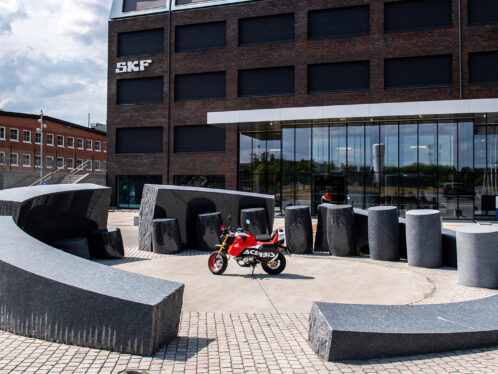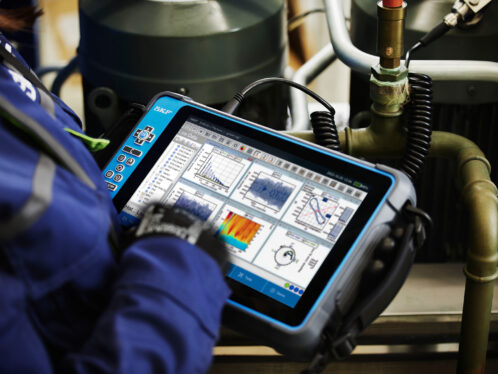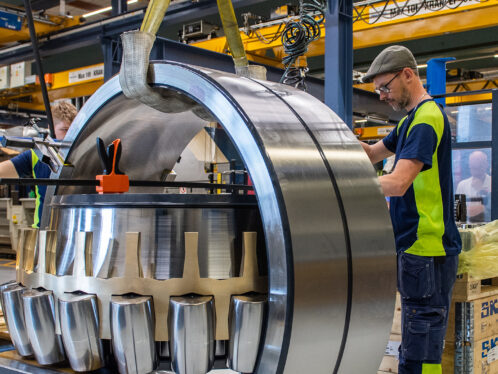
Even colder
Instead of freezing large volumes of food, such as tomato juice, mashed potatoes or any other type of fluid or semi-fluid product, you can turn the food into pellets. The process uses liquid nitrogen to freeze the food at a temperature of minus 100 degrees Celsius. The frozen results are 30 to 50 millimetre pellets that can easily be scooped up and transported. It is also easy to measure the quantity of the food. The only viable bearing solution for the rollers that turn the food into pellets requires the use of solid lubricants, such as the 2Z/VA208 design with its special graphite segment cage, which has proved to be successful.
Instead of freezing large volumes of food, such as tomato juice, mashed potatoes or any other type of fluid or semi-fluid product, you can turn the food into pellets. The process uses liquid nitrogen to freeze the food at a temperature of minus 100 degrees Celsius. The frozen results are 30 to 50 millimetre pellets that can easily be scooped up and transported. It is also easy to measure the quantity of the food. The only viable bearing solution for the rollers that turn the food into pellets requires the use of solid lubricants, such as the 2Z/VA208 design with its special graphite segment cage, which has proved to be successful.




